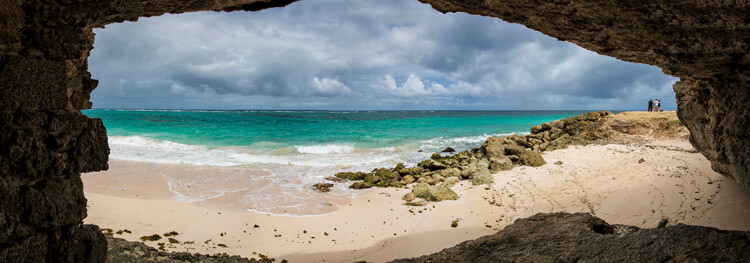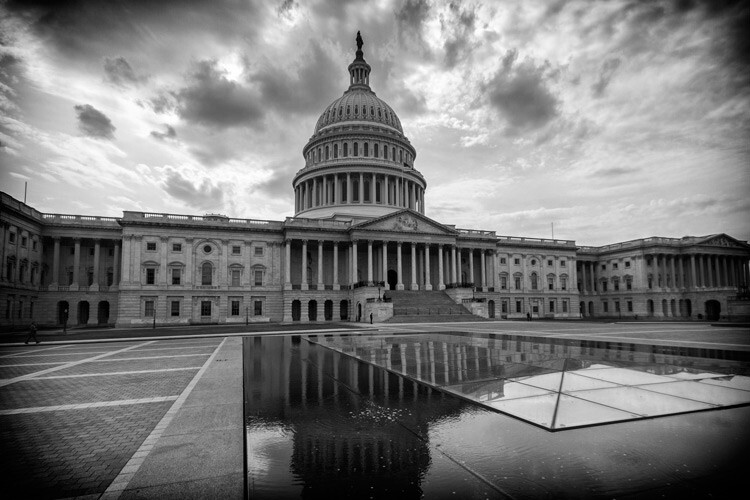7 Travel Photography Hacks to Get You Going Places
#Light#Shotlist#Photography

1. Pack Light
Many times, the biggest challenge in travel photography is whether or not you will be able to capture the essence of the place with the gear you packed. If you are going on vacation, you certainly do not want to take every lens you own. Other than adding weight, there is a chance that much of it will not be used.
This is a good reason to research your destination is to help determine what images you want to capture. Are you going to shoot more landscape scenery or trying to capture the people living there? Your decision will affect what gear you take with you.

Additionally, a great way to determine what to take is by reviewing your last trip. Look at what you captured then and decide if it is similar to what you hope to capture now. Many times you will find that most of your photos were taken with the same lens. You can use Lightroom’s filtering system to gather that intel.
For example, if you took both a wide and long zoom lens, but took most shots with the wide lens, then you can safely leave your long zoom behind.
2. Pack Smart
When you decide which lenses you need for your trip, pack well to protect them. It helps to remember that lenses are made mostly of glass, even when built with highly durable exterior bodies. An easy packing hack to avoid damaging your lenses is putting them inside thick socks. This cushions your lens during travel, whether inside your luggage (carry-on only, never check your valuable camera gear) or camera bag.
Optional: further secure your lenses by putting them (sock-wrapped) into shoes/boots.
3. Make a Shot List
You do not have to be a professional photographer to make a shot list. As you research your destination, there are no doubt certain things that you want to see and experience there. As you plan your itinerary, you can make a note of what you want to capture in that location.
Take a note of your different points of interest and how you plan to shoot them. Sometimes this simple action can keep you from being overwhelmed when you get there. This will also help you determine what gear to pack (mentioned above).
4. No Neutral Density Filter, No Problem
If you did not pack neutral density filters for your trip, there is no need to kick yourself if an opportunity for a long exposure presents itself. It does take a little familiarity and processing in Photoshop, though. Compose your image and take between 15-20 shots with that composition.
15 shots taken of the same scene in short intervals.

15 shots loaded into Photoshop Layers.
When that is finished, go back to your Layer menu and Smart Objects. In Stack Mode, choose Mean (or Median also works well). This process also takes a few minutes to run.

The result, silky smooth water as if it had been shot with a neutral density filter and really long exposure.
Bonus Tip: This method can also help you remove people from your photos.
5. Tripod or Not?
A tripod is that piece of gear that you benefit tremendously from, but when traveling you may be willing to concede. Again it comes down to when and what you are shooting. If you plan on capturing nightscapes or moving subjects, a tripod is a necessity. A good compromise is a tripod that converts to a monopod.
Conversely you can leave the tripod at home. Depending on where you are going, a tripod can become a nuisance to lug around or may not even be allowed. This is when you have to get creative and make a supporting object your tripod. Tables, walls, rocks or anything stationary which supports your camera will stand-in for a tripod.

6. Batch It!
Chances are that you will shoot a number of images in one location with the same lighting and conditions. A quick way to edit a large number of photos with your style is to batch process them. Batch processing is applying the same edit across multiple images. In addition to Photoshop and Lightroom, there is other photo editing software available that can help you achieve this.7. Let’s Reflect
There is no need to walk with a bulky or expensive reflector on your trip. Buy a piece of foam board to bounce light into your shadows. This cheap trick can save you from packing more and you only need apply it to some situations.With travel photography, most times you want to walk around with less gear (for both your comfort and safety). Once you have done your research and know what you want to achieve, there is no need to go with equipment that you will not use. Sometimes a few travel photography hacks can save you in a pinch.
Please share some of your favorites with us in the comments area below.










































